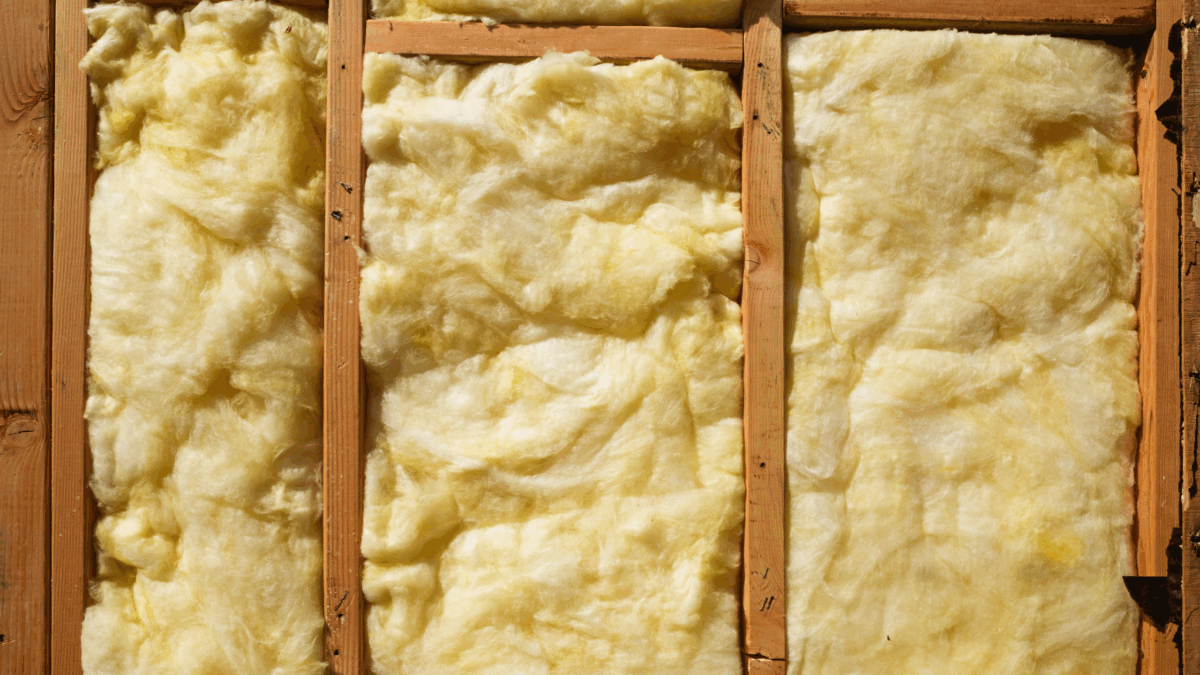Heard Something in the Attic? 5 Pests (and Insulation Issues) That Love South Carolina Homes
Jul 7, 2025 | Insulation, Pest Control
If you’ve been hearing bumps, scratches, or rustling noises coming from your attic, you’re not alone. Many South Carolina homeowners face unwelcome attic tenants, from rodents to insects, and even insulation issues that encourage these pests to stick around. To protect your home, it’s essential to know what’s causing the commotion and how to address it. Below, we’ll cover five common attic pests and how insulation problems could be making your attic the perfect place for these critters to settle.
Common Attic Pests and Insulation Issues
1. Rodents
Mice and rats are some of the most common attic invaders. These small pests can squeeze through tiny gaps in your roof or walls and quickly turn your attic into a nesting site. Once inside, they chew on wires, gnaw on wooden beams, and leave droppings that create health hazards.
How to Spot Rodents
- Scratching Noises: Especially at night, when they’re most active.
- Chewed Materials: Look for gnawed wires, boxes, or insulation.
- Droppings: Small, dark pellets found along baseboards and in corners.
How to Prevent Rodents
- Seal gaps around vents, roofing, and utility lines.
- Store food securely and keep trash bins closed.
- Trim back trees that overhang the roof to limit entry points.
2. Squirrels
Squirrels may seem cute in your backyard, but they’re far less adorable when they invade your attic. They typically enter through roof vents or damaged soffits and quickly set up nests. Left unchecked, their strong chewing habits can damage beams, ducts, and wiring.
Signs of Squirrels
- Daytime Activity: Listen for scurrying noises during daylight hours, as squirrels are active during the day.
- Nesting Materials: Look for twigs, leaves, or shredded insulation.
- Entry Points from Roof: Check for holes or damage around eaves and vents.
How to Prevent Squirrels
- Repair roof damage and install vent covers.
- Use tree baffles to make it harder for squirrels to climb onto your home.
- Trim trees to prevent easy roof access.
3. Bats
South Carolina’s warm climate can attract bats looking for a space to roost, and your attic often fits the bill. While bats play an important role in controlling insect populations, their droppings, called guano, can pose serious health risks.
Signs of Bats in the Attic
- Chirping or Screeching Sounds: Bats are nocturnal and vocal, so you might hear them at night.
- Guano Droppings: Look for small, shiny black droppings around entry points or in the attic.
- Stains Around Entry Points: Dark, greasy stains may appear around cracks or holes bats use to get inside.
How to Prevent Bats
- Seal entry points with caulk or wire mesh (only after confirming bats are out).
- Install bat exclusion devices to allow them out but not back in.
- Work with a wildlife removal expert for humane removal.
4. Insects
Attics are often home to a variety of insect pests, including wasps, bees, and cockroaches. Wasps and bees build nests in eaves, while cockroaches prefer warm, dark spaces near food sources. Left unchecked, these pests can lead to infestations that spread through the home.
Identifying an Infestation
- Bees or Wasps: Look for nests hanging from eaves or inside vents.
- Cockroaches: Droppings, egg casings, or a musty smell can indicate their presence.
- Other Bugs: Watch for swarms or noticeable pest activity around attic windows or lights.
How to Address It
- Remove nests with professional help, especially for stinging insects.
- Seal cracks and use weatherstripping to block entry.
- Keep the attic clean and store food securely to avoid attracting roaches.
5. Insulation Issues
Beyond pests, poor insulation can contribute to your attic issues. Damaged attic insulation creates a warm, inviting nest for various pests while contributing to higher energy bills and reduced home comfort.
How Insulation Attracts Pests
- Holes or Gaps: These make it easy for pests to enter.
- Moisture Build-Up: Poor insulation can trap moisture, attracting insects and rodents.
- Heat Retention: Warmth in the attic, especially during colder months, appeals to animals seeking shelter.
Fixing Insulation Problems
- Inspect Regularly: Look for signs of damage, such as holes, missing sections, or shredded material (a clear sign of pest activity).
- Replace Damaged Insulation: Invest in pest-resistant insulation solutions like spray foam or cellulose treated with borates, which deter insects.
- Seal Air Leaks: Ensure proper attic ventilation while keeping gaps sealed to prevent entry.
How to Keep Your South Carolina Attic Pest-Free
Tackling pests and insulation issues in your attic takes a combination of prevention and professional support. Here are some tips to protect your home long-term:
- Schedule Regular Inspections: Check your attic for leaks, insulation issues, and pest activity at least twice a year.
- Seal Entry Points: Block cracks and openings with caulk, wire mesh, or steel wool.
- Invest in Pest Control: Work with a pest control professional to eliminate infestations prevent future issues.
- Maintain Cleanliness: Keep your attic clutter-free and dry to minimize appeal to pests.
By addressing these issues proactively, you can avoid costly repairs and keep your home protected, comfortable, and pest-free.
The noises in your attic may seem alarming, but they’re often a telltale sign of common attic pests or insulation problems. Whether it’s rodents, squirrels, bats, insects, or weak insulation creating the perfect habitat, taking preventive steps early on is key to maintaining a healthy home.
